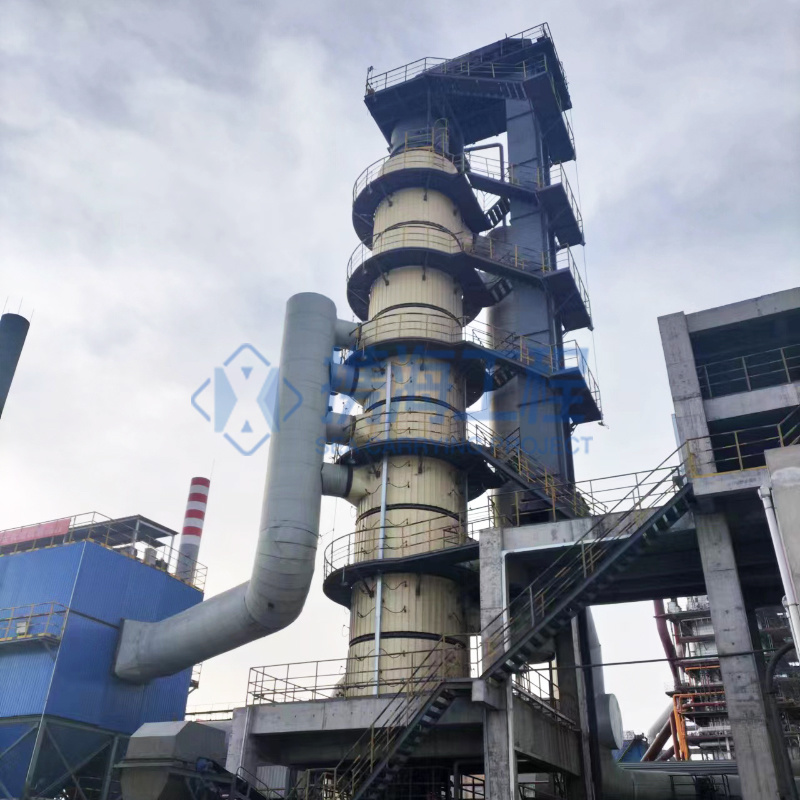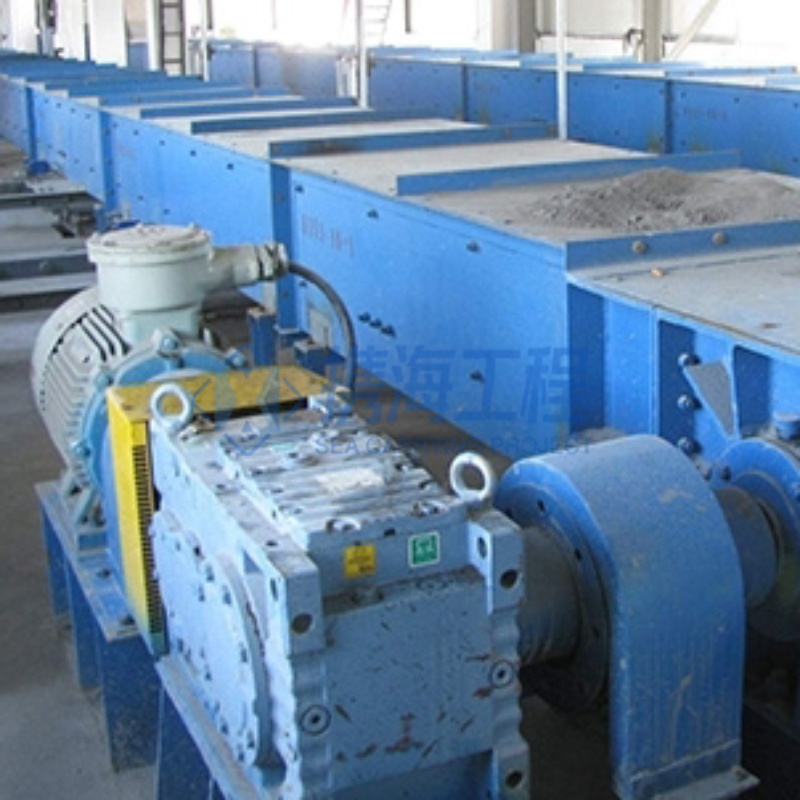How to Conduct an Audit of Your Drying Equipment: A Comprehensive Guide to Optimizing Performance
Nov 13,2025
How to Conduct an Audit of Your Drying Equipment
Conducting an audit of your drying equipment is a critical process that can significantly impact the efficiency and effectiveness of your operations. In this comprehensive guide, we delve into the step-by-step approach to auditing your drying equipment, ensuring optimal performance, compliance, and longevity.
Table of Contents
1. Introduction to Dr

How to Conduct an Audit of Your Drying Equipment
Conducting an audit of your drying equipment is a critical process that can significantly impact the efficiency and effectiveness of your operations. In this comprehensive guide, we delve into the step-by-step approach to auditing your drying equipment, ensuring optimal performance, compliance, and longevity.
Table of Contents
1. Introduction to Drying Equipment Audits
2. Importance of Auditing Your Drying Equipment
3. Step-by-Step Audit Process
- 3.1 Preparation for the Audit
- 3.2 Data Collection
- 3.3 Evaluation of Equipment Performance
4. Common Issues to Look For
5. Reporting Findings and Recommendations
6. Importance of Regular Maintenance
7. Leveraging Technological Advancements
8. Conclusion
9. Frequently Asked Questions (FAQs)
Introduction to Drying Equipment Audits
The process of auditing your drying equipment is essential in ensuring that your operations run smoothly and efficiently. This involves assessing the equipment's performance, identifying areas of improvement, and implementing necessary changes to enhance productivity. A well-executed audit not only minimizes operational disruptions but also maximizes resource utilization and cost-effectiveness.
Importance of Auditing Your Drying Equipment
Auditing your drying equipment is crucial for several reasons:
- **Performance Optimization**: Regular audits help identify inefficiencies, allowing for adjustments that enhance performance.
- **Cost Reduction**: By pinpointing issues early on, you can prevent costly repairs and downtime.
- **Compliance**: Many industries have specific regulations regarding equipment performance and safety. An audit ensures adherence to these standards.
- **Prolonged Equipment Lifespan**: Regular assessments and maintenance can extend the life of your drying equipment.
Step-by-Step Audit Process
A systematic approach to auditing your drying equipment will yield the best results. Here, we break down the audit process into manageable steps.
Preparation for the Audit
Before initiating the audit, proper preparation is necessary. This includes:
- **Gathering Documentation**: Collect all relevant documents such as equipment manuals, maintenance records, and operational data.
- **Forming an Audit Team**: Assemble a team with diverse expertise, including operations, maintenance, and safety.
- **Setting Clear Objectives**: Define what the audit aims to achieve, such as identifying inefficiencies or ensuring compliance.
Data Collection
Data collection is a critical phase of the audit. This step involves:
- **Performance Metrics**: Collect relevant performance metrics, such as drying time, energy consumption, and product quality.
- **Equipment Condition**: Assess the physical condition of the equipment, noting any visible wear and tear.
- **Operational Practices**: Observe how the equipment is operated and whether best practices are being followed.
Evaluation of Equipment Performance
Once data is collected, the next step is to evaluate the performance of the drying equipment. Consider the following:
- **Analyzing Performance Metrics**: Compare collected metrics against industry standards and historical data.
- **Identifying Variances**: Look for discrepancies that indicate potential problems, such as excessive energy use or prolonged drying times.
Common Issues to Look For
During the audit, several common issues may arise:
- **Inconsistent Drying Results**: Variability in product moisture content can indicate equipment malfunction.
- **High Energy Consumption**: Excessive energy costs may signal inefficiencies in the drying process.
- **Frequent Breakdowns**: Regular equipment failures suggest the need for maintenance or replacement.
- **Safety Hazards**: Look for any potential safety concerns that could arise from equipment malfunctions.
Reporting Findings and Recommendations
After completing the audit, reporting your findings is essential. This report should include:
- **Summary of Findings**: Clearly outline the issues identified during the audit.
- **Recommendations for Improvement**: Provide actionable steps to address the identified issues.
- **Prioritization of Actions**: Rank recommendations based on severity and potential impact.
Importance of Regular Maintenance
Regular maintenance is a key component in sustaining the performance of your drying equipment. Implement a maintenance schedule that includes:
- **Routine Inspections**: Conduct regular checks to identify and address minor issues before they escalate.
- **Cleaning Protocols**: Develop cleaning procedures to prevent build-up that could hinder performance.
- **Training for Operators**: Ensure that operators are trained in best practices for equipment use and maintenance.
Leveraging Technological Advancements
In today's rapidly evolving technological landscape, consider integrating advanced tools to enhance your drying processes:
- **Automation**: Utilize automated systems for real-time monitoring and adjustments to optimize performance.
- **Data Analytics**: Implement data analytics tools for in-depth analysis of performance metrics and predictive maintenance.
- **Energy-Efficient Solutions**: Invest in modern, energy-efficient drying technologies to reduce operational costs and environmental impact.
Conclusion
Conducting an audit of your drying equipment is an invaluable process that can significantly enhance operational efficiency. By following the outlined steps and maintaining a proactive approach to maintenance and technology integration, you can optimize your drying processes, reduce costs, and ensure compliance with industry standards. Prioritizing regular audits will not only prolong the lifespan of your equipment but also contribute to a more sustainable and productive operation.
Frequently Asked Questions (FAQs)
**1. What is the primary purpose of auditing drying equipment?**
The primary purpose is to evaluate performance, identify inefficiencies, ensure compliance, and prolong the equipment's lifespan.
**2. How often should I conduct an audit of my drying equipment?**
Regular audits are recommended at least annually, but more frequent audits may be necessary based on operational demands and equipment condition.
**3. What are some common signs that my drying equipment needs an audit?**
Common signs include inconsistent drying results, high energy consumption, frequent breakdowns, and safety hazards.
**4. Can technology improve the auditing process?**
Yes, utilizing automation and data analytics can enhance the accuracy and efficiency of the auditing process.
**5. What should be included in the audit report?**
The audit report should include a summary of findings, recommendations for improvement, and a prioritization of actions based on severity.
In conclusion, a thorough and well-executed audit of your drying equipment can lead to significant improvements in efficiency and cost savings. Prioritizing this process will help ensure that your operations remain competitive and compliant with industry standards.
Previous article






